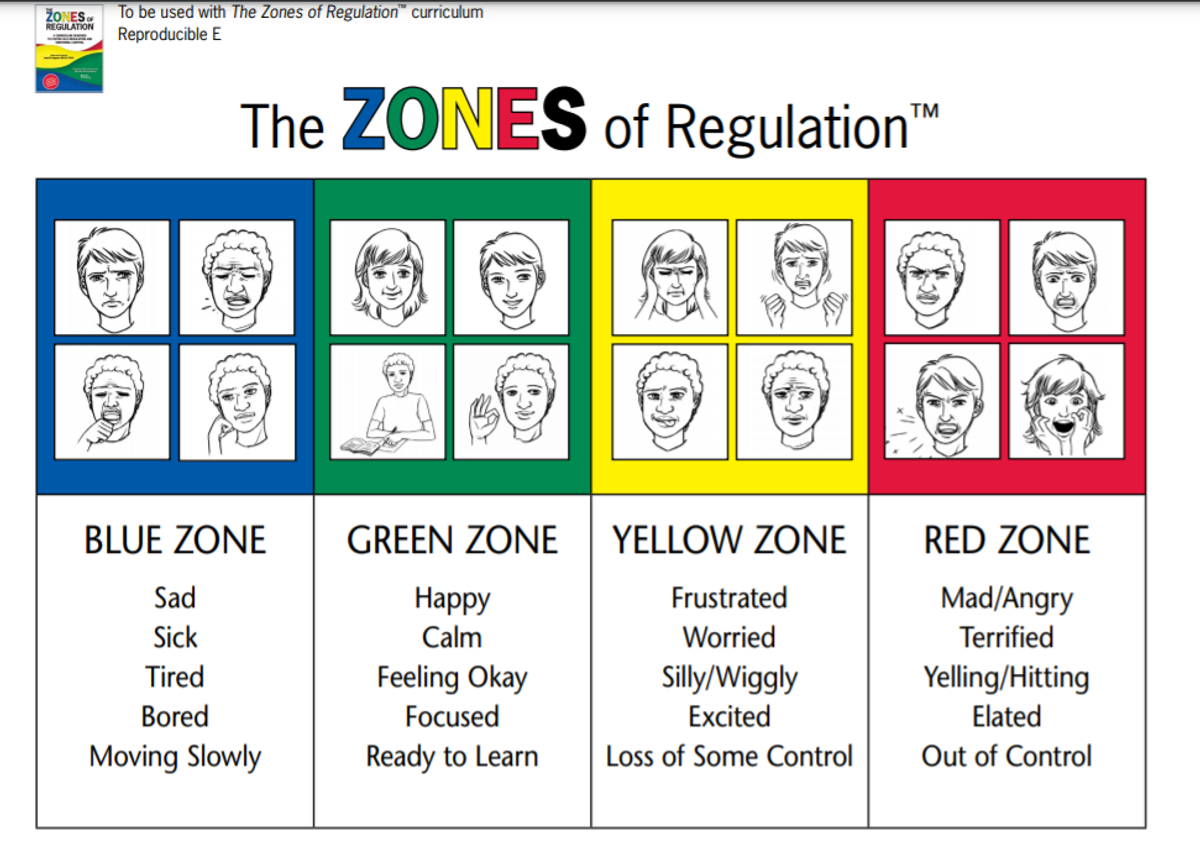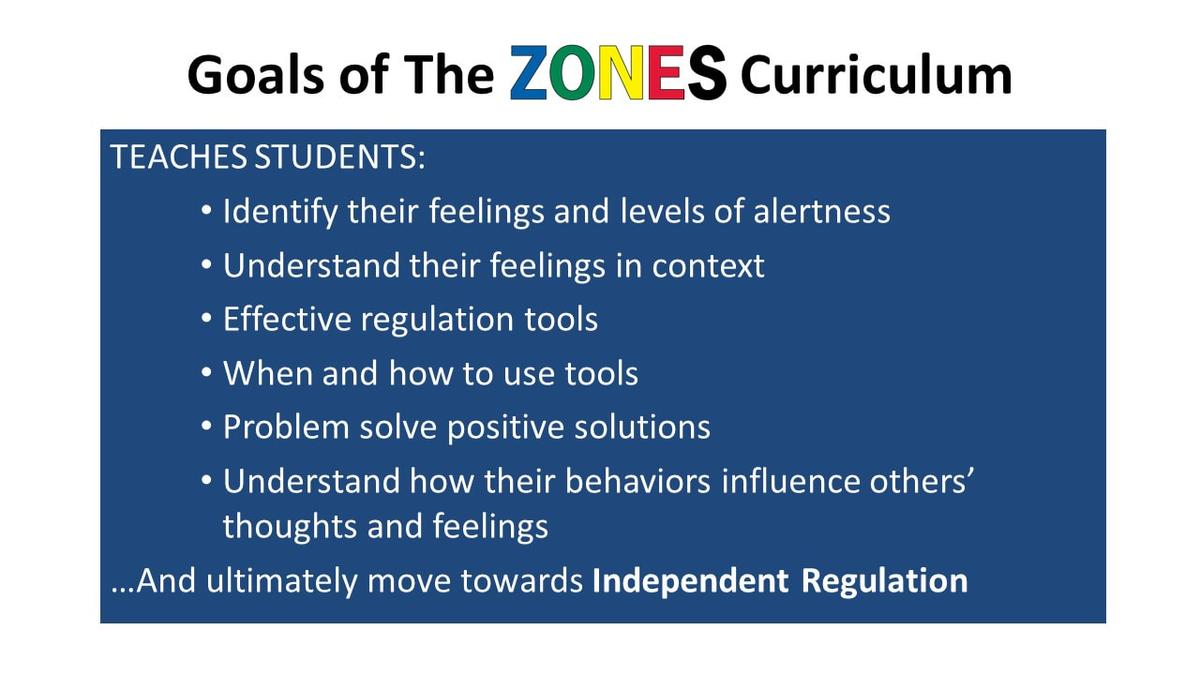Wellbeing
The Zones of Regulation

Wellbeing
The Zones of Regulation
Great Ryrie PS is implementing a school-wide program called The Zones of Regulation. It is being explicitly taught from Foundation to Year 2 this term. The Zones of Regulation is a framework designed to foster self-regulation and emotional control. Designed by an Occupational Therapist, The Zones of Regulation teaches language and communication around emotions, how to identify sensory needs and develop each students self-regulation strategies.




THE FOUR ZONES: OUR FEELINGS & STATES DETERMINE OUR ZONE


The Red Zone is used to describe extremely heightened states of alertness and intense emotions. A person may be elated or experiencing anger, rage, devastation, or terror when in the Red Zone.
The Yellow Zone is also used to describe a heightened state of alertness and elevated emotions, however one has more control when they are in the Yellow Zone. A person may be experiencing stress, frustration, anxiety, excitement, silliness, the wiggles, or nervousness when in the Yellow Zone.
The Green Zone is used to describe a calm state of alertness. A person may be described as happy, focused, content, or ready to learn when in the Green Zone. This is the zone where optimal learning occurs.
The Blue Zone is used to describe low states of alertness and down feelings such as when one feels sad, tired, sick, or bored.
All of the zones are natural to experience, but the framework focuses on teaching students how to recognize and manage their Zone based on the environment and its demands and the people around them. For example, when playing on the playground or in an active/competitive game, students are often experiencing a heightened internal state such as silliness or excitement and are in the Yellow Zone, but it may not need to be managed. However, if the environment is changed to the library where there are different expectations than the playground, students may still be in the Yellow Zone but have to manage it differently so their behaviour meets the expectations of the library setting.